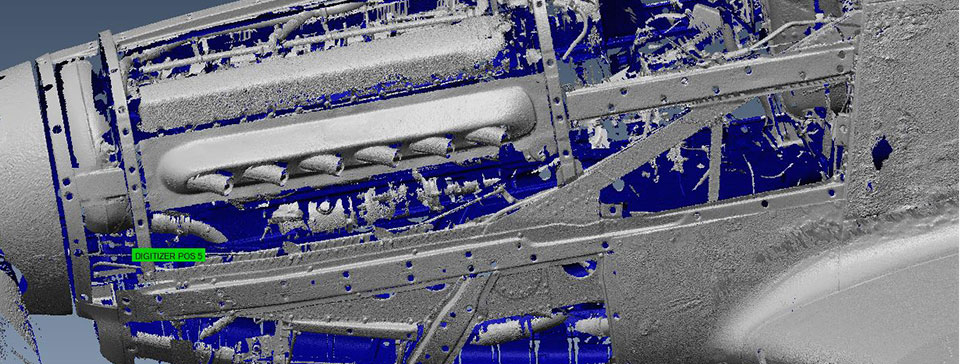
Types Of 3D Digital Scanners
There are several types of 3D digital scanners on the market today, each using different technologies and methodologies to capture 3D data. Some of the most common types include laser scanners, structured light scanners, photogrammetry scanners, CT scanners, and time-of-flight scanners.
-
Laser scanners use a laser beam to scan the object’s surface and capture its shape and size in 3D. The laser scanner measures the distance between the scanner and the object, creating a point cloud for the creation of a 3D model.
-
Structured light scanners project a pattern of light onto the object and use cameras to capture the pattern’s deformation. The software then analyzes the deformation to create a 3D model of the object.
-
Photogrammetry scanners use multiple high-resolution images taken from different angles to create a 3D model of the object. The software then uses these images to triangulate the distance and shape of the object.
-
CT scanners use X-ray technology to capture the internal structure of an object in 3D. This type of scanner is commonly used in the medical industry to create 3D models of bones, organs, and other body parts.
-
Time-of-flight scanners feature infrared light that is used to capture data about the duration of the light’s “bounce” from the object and its return to the scanner. This technology is commonly used in handheld scanners to capture small objects.
These five common digital scanner types are just a few examples of different 3D scanners that are designed to fulfill distinct industrial purposes. Next, we explore some of the industries that currently employ these scanners.
Industries That Use 3D Digital Scanners
Numerous industries use 3D digital scanners for various purposes. In fact, their presence has become standard in a diverse grouping of industries in a relatively short period of time due to their ability to improve manufacturing in impressive ways. They make processes both more simple to conduct and exceptionally more advanced.
-
In the manufacturing industry employs 3D scanners to capture the size and shape of parts and products, which can then be used to create digital models and prototypes for analysis and testing.
-
The engineering industry uses 3D scanners to create 3D models of buildings and other structures, allowing engineers to analyze stress and strain and identify potential issues.
-
The healthcare industry uses 3D scanners to create custom-fitted prosthetics, implants, and orthotics based on a patient’s body shape.
-
In the archaeology industry, 3D scanners are used to capture and analyze artifacts and historical sites and even capture critical texture and color
-
The entertainment industry uses 3D scanners to create realistic and accurate models of characters and objects for movies, video games, and other media.
-
Finally, the fashion industry uses 3D scanners to create digital models of clothing and accessories to test and modify designs before producing physical products.
In summary, 3D digital scanners provide an efficient and accurate way to capture 3D data, enabling designers, engineers, and manufacturers to analyze and improve products with precision.
Where To Purchase A 3D Digital Scanner?
If you have questions about 3D digital scanners and how to purchase one for your business, please contact Exact Metrology. We specialize in 3D digital scanners and software and can help you find the right equipment to meet your industry-specific needs. To learn more about our capabilities and expertise, check out our piece on 3D technology’s many benefits for additive manufacturing.





